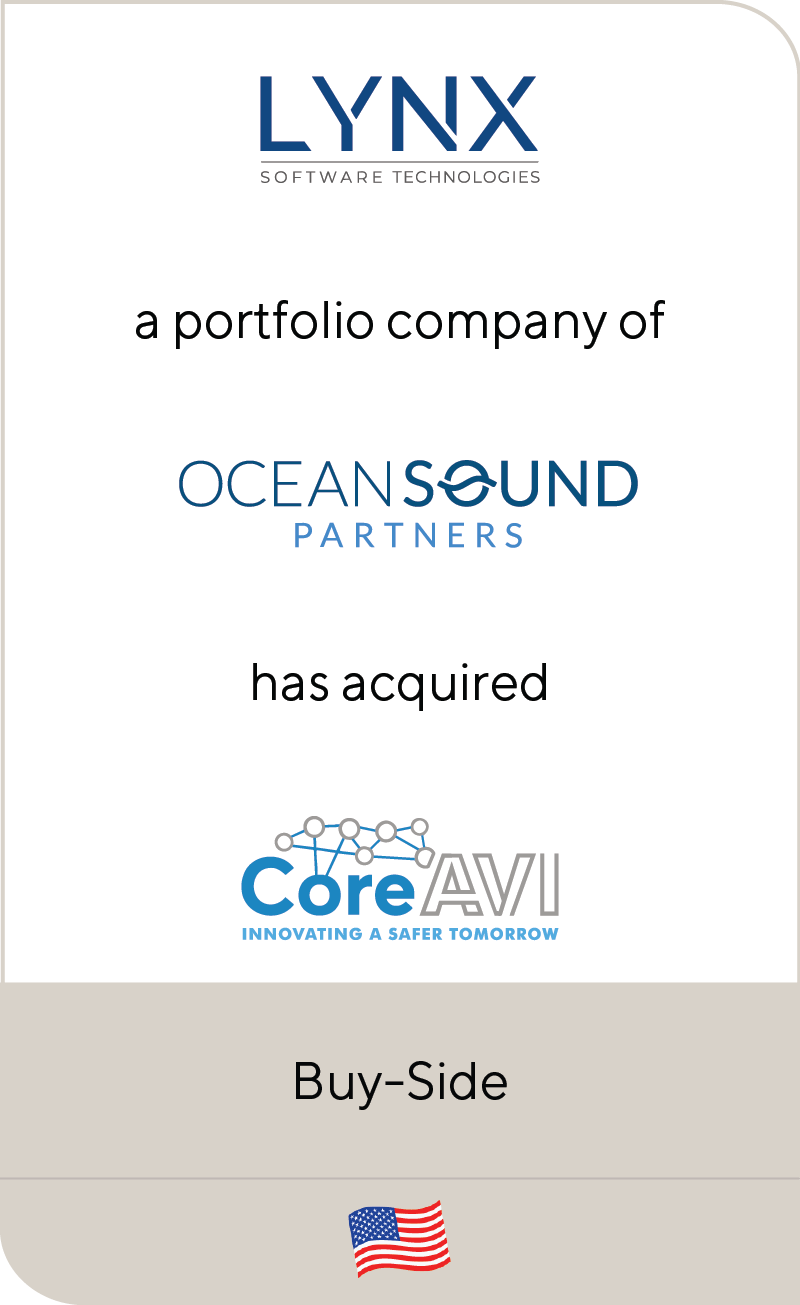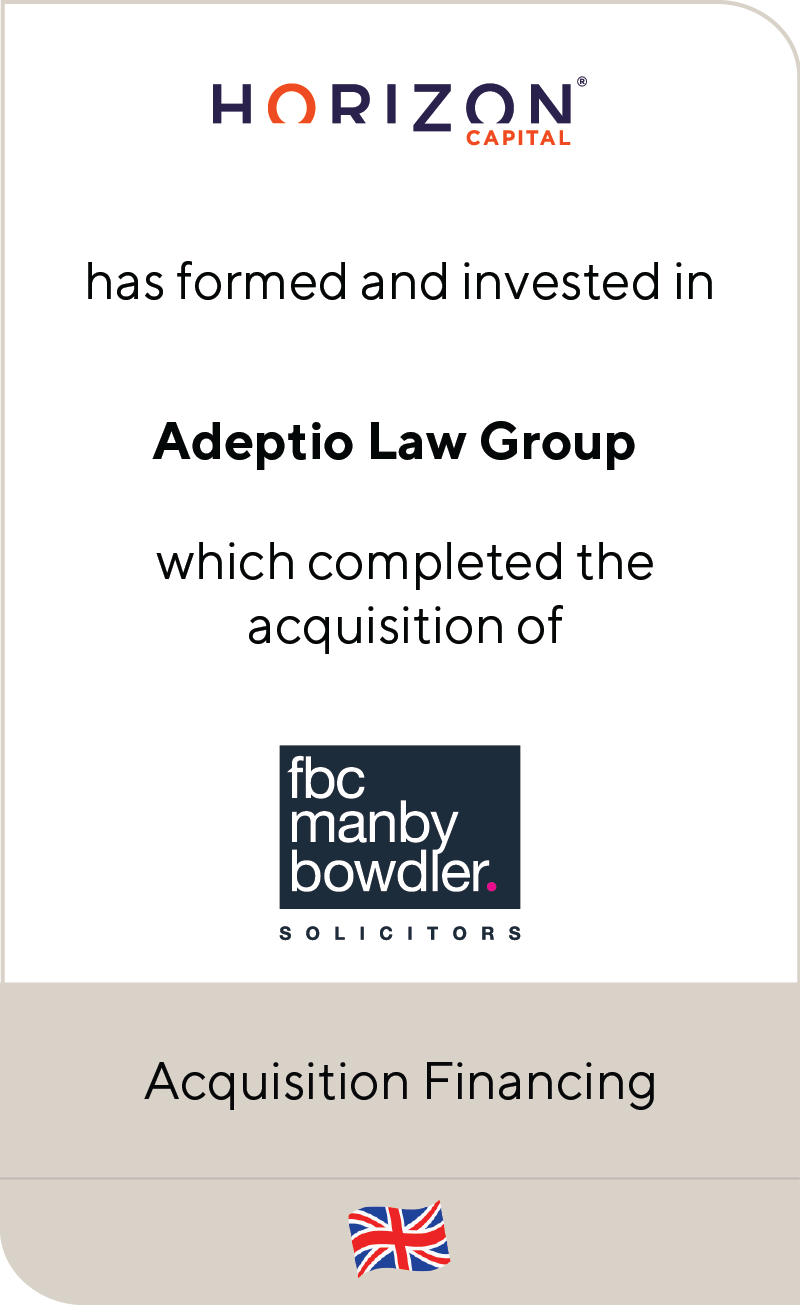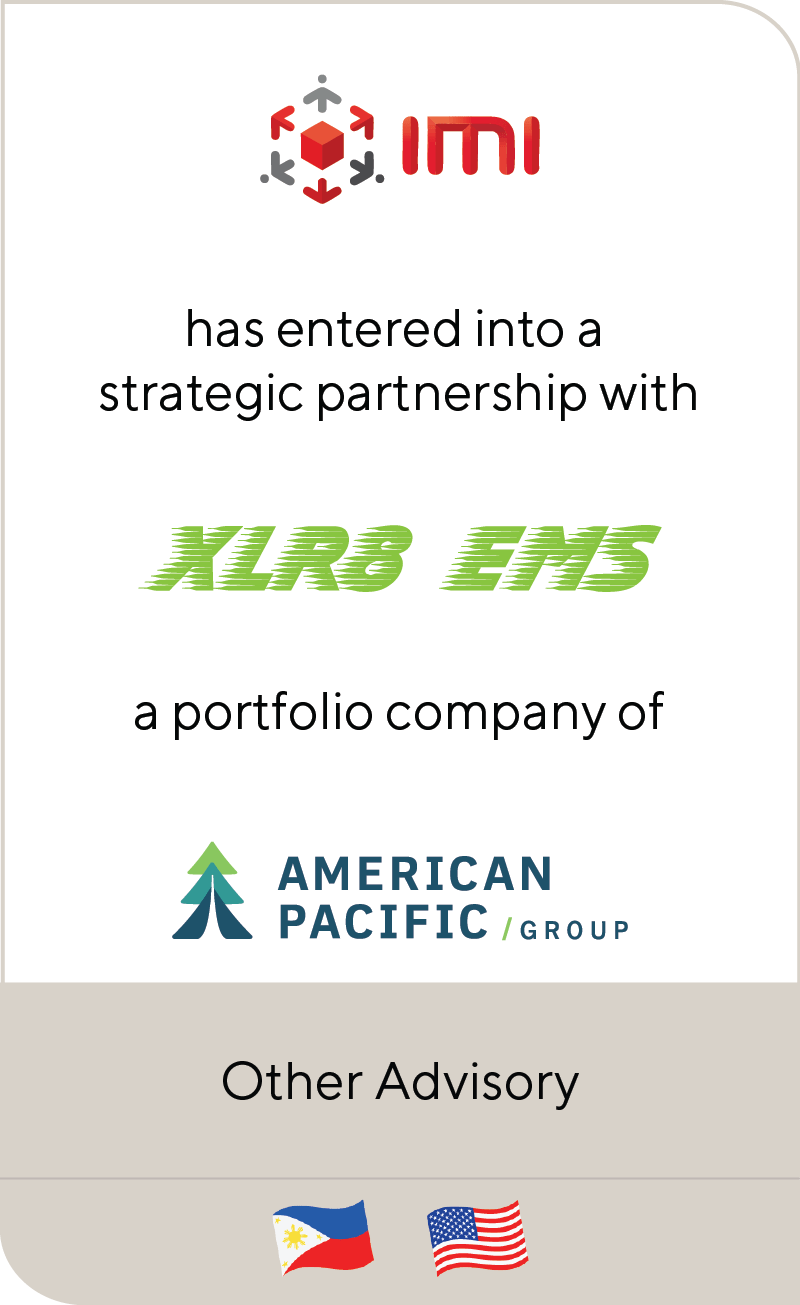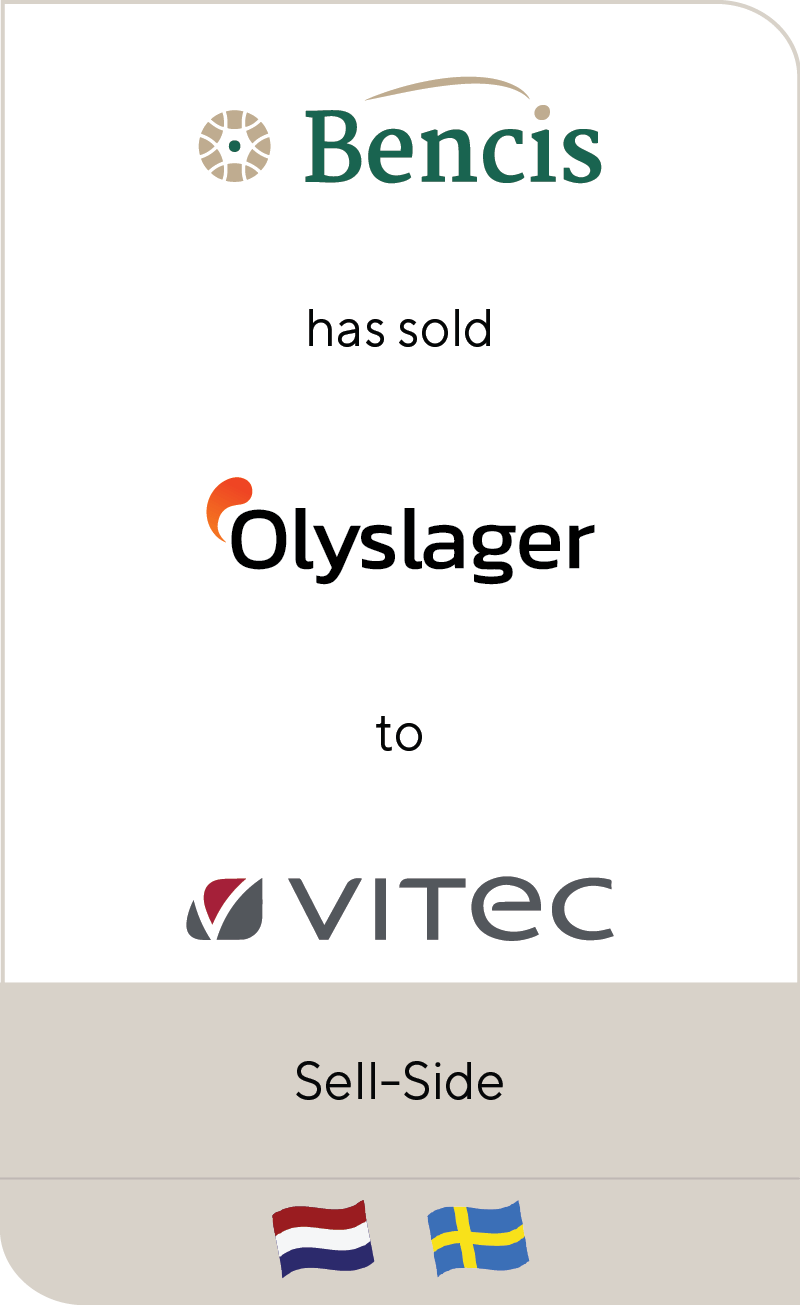Filtering the Noise: a Deep Dive into IT Services’ Key Valuation Drivers
Jul 2024
| This article was first published by TMT Finance on 9 July 2024: Filtering the noise: a deep dive into IT services’ key valuation drivers | TMT Finance
The information technology (IT) services sector continues to see robust mergers and acquisitions (M&A) activity fueled by strong market growth, ongoing technological advancements and industry fragmentation. However, to capitalize on emerging opportunities and maximize valuation, stakeholders must remain aware of the key value drivers. Not doing so increases the risk of an incomplete sale process; a common feature in this sector in Europe. |
Summary
-
Lincoln's experts delve into Key value drivers for the IT services sector.
- Click here to download a printable version of this perspective.
- Sign up to receive Lincoln's perspectives
European Private equity (PE) firms remain enthusiastic participants, driving a significant and increasing proportion of volumes, and demonstrating a keen interest in new platforms as well as bolt-on acquisitions to existing ones. As PE-backed assets grow, we are seeing increasing interest from the larger PE funds in Europe, with more secondary and tertiary buy-out transactions taking place.
Non-PE-backed trade entities are also exhibiting renewed interest, particularly in Europe, where sentiments have improved in H1 this year. This is being bolstered by growing interest from international players in the U.S., India and Asia-Pacific region.
The sector’s resilience is further underscored by the emergence of domestic champions in Europe, driving an appetite for cross-border expansion and the establishment of pan-European platforms.
Although transaction volumes are not at peak, there is sustained activity. Lincoln International advised on 16 IT services transactions in Europe in the last two years, including Pictet’s new investment in Technology Services Group (TSG), Bridgepoint Development Capital (BDC)’s investment in Kerv Group and KLAR Partners’ investment in hallo.
An elevated backlog of assets poised for market entry suggests a potential uptick in M&A activity to come towards the end of this year and into the next. TMT Finance data records that H1 2024 has already seen the announcement of 145 European cloud, IT and managed services deals, 55% of those announced in 2023, suggesting stronger growth for the rest of this year if the trend continues.
Key value drivers
The IT services industry is multifaceted, comprising various sub-sectors characterized by distinct key performance indicators (KPIs) and valuations. These include value-added resellers, managed services providers (MSPs) with varying levels of recurring revenues, systems integrators, professional services (PS) firms (including outsourced software developers) and cybersecurity service providers.
Private IT services valuations show significant divergence between sub-sectors and companies of the same category. Lincoln’s eight key value drivers show the underlying reasons.
1. Quality of earnings
|
2. Scale
|
3. Growth
|
4. Integration
|
5. Management, talent and culture
|
6. Business mix
|
7. Customer focus
|
8. Differentiators
These key value drivers should be interpreted in the context of disparate business models and customer segmentation. Investors consistently prioritize similar KPIs across different models, although preferences vary between PE and strategic investors. Both investor types emphasize organic growth and differentiation that attract interest at premium valuations. There’s been a recent shift towards integration by both investor categories, indicating a recognition of the importance of establishing a robust platform for future growth, whether by organic expansion or strategic acquisition. |
Lincoln Perspective
In today’s market, substantiating key value drivers and showcasing differentiation through data is essential for achieving favorable sale outcomes and maximizing valuations. Lincoln advocates for proactive engagement with clients long before a sales process begins. Early and thorough preparation is critical to ensuring successful transactions.
This entails conducting a comprehensive review of KPIs and devising an action plan early. By integrating data requirements into existing systems and implementing regular reporting, companies can effectively demonstrate their value proposition.
Connect with a Lincoln IT services professional below to learn more about how we can take your business to its next success.
Contributors

I deliver a hands-on approach to provide strategic advice to my clients throughout the transaction and beyond.
Chris Brooks
Managing Director & Co-head of Technology, Europe
LondonMeet Professionals with Complementary Expertise

Building long-term relationships is key for me personally – I want to be the advisor of trust for my clients.
Dr. Michael Drill
Managing Director | Head of Germany
Frankfurt
The transactions we work on are often trajectory-altering, with high stakes and pressure to get it right. We know our work, however challenging in the moment, is going to be impactful.
Mike Iannelli
Managing Director & Co-head of Business Services
Chicago
Each transaction is unique and requires a tailor-made approach. Providing honest and straightforward advice is instrumental to develop mutually trustful relationships and reach the best outcome.
Matthieu Rosset
Managing Director & Co-head of Technology, Europe
Paris















